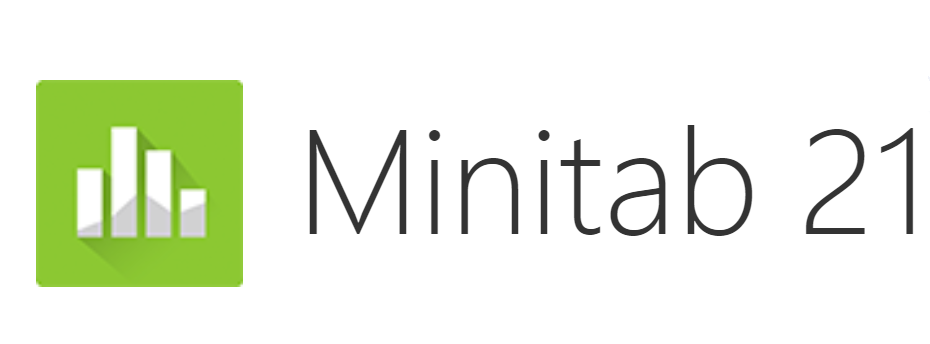With the continuous development of mobile and network applications, the security and stability of network sites have become increasingly critical. To ensure that applications can withstand various security threats and perform well under pressure, developers and security experts use various tools and techniques to evaluate and optimize applications. Among them, AppScan is undoubtedly a highly favored application security testing tool, which can not only help us check the success of scanning, but also conduct effective stress testing.
1гҖҒ How to check successful scanning in AppScan
AppScan, as a professional application security testing tool, relies on its ability to accurately detect and report security vulnerabilities and risks in applications to determine the success of scanning.
1. Create scanning task

Figure 1: Creating Configuration
In the AppScan interface, we can create a new scanning task and specify the URL of the target application. This URL can be the homepage of the application or a specific feature page.
2. Configure scan settings

Figure 2: Testing Strategy
When creating tasks, we can choose different scanning types, such as vulnerability scanning, configuration auditing, etc. We can also adjust the depth and range of the scan as needed.
3. Start scanning
After configuration is complete, start the scanning task. AppScan will simulate attacks and analyze the response of applications to identify potential vulnerabilities and security risks.
4. View scan results

Figure 3: Scan Report
After the scan is completed, we can view the report generated by AppScan. The report will provide a detailed list of identified vulnerabilities, risk levels, and recommended remediation methods. If vulnerabilities are listed in the report, then AppScan scanning can be considered successful.
2гҖҒ How to conduct stress testing on AppScan
When we use AppScan to perform stress testing on a site, we can use the 'invasive' feature in the web application configuration for testing.
1. Start scanning

Figure 4: Select New Scan Type
After launching AppScan, we can directly select 'Web Application' in the software main interface. After opening the configuration, we can configure the target URL, login password, and testing strategy.
2. Configure testing strategy

Figure 5: Configure testing strategy
As shown in Figure 5, we can perform stress testing here by selecting 'invasive'.
How to fully configure AppScan?
Above, we introduced how to enable predefined testing strategies through a web application. In addition to this configuration method, we can also use Full Configuration to configure testing strategies that meet our own needs.
1. Configuration location

Figure 6: Fully configured interface
On the AppScan homepage, directly enter the configuration interface through 'Full Configuration'. In the configuration interface, we need to first configure the URL of the site to be tested in the 'Exploration' area and configure the 'Login Management'. In addition, in order to explore faster, we can also edit content such as environment definitions, exclusion paths and files, and error pages.
2. Configure testing strategy

Figure 7: Configuring Test Strategy
After completing the basic configuration for exploration, click on 'Test' and expand the testing. Then, we can select the 'Testing Strategy', such as some types of injection vulnerabilities and other types of vulnerabilities that we need to test. Once selected, we can proceed with testing the site.









